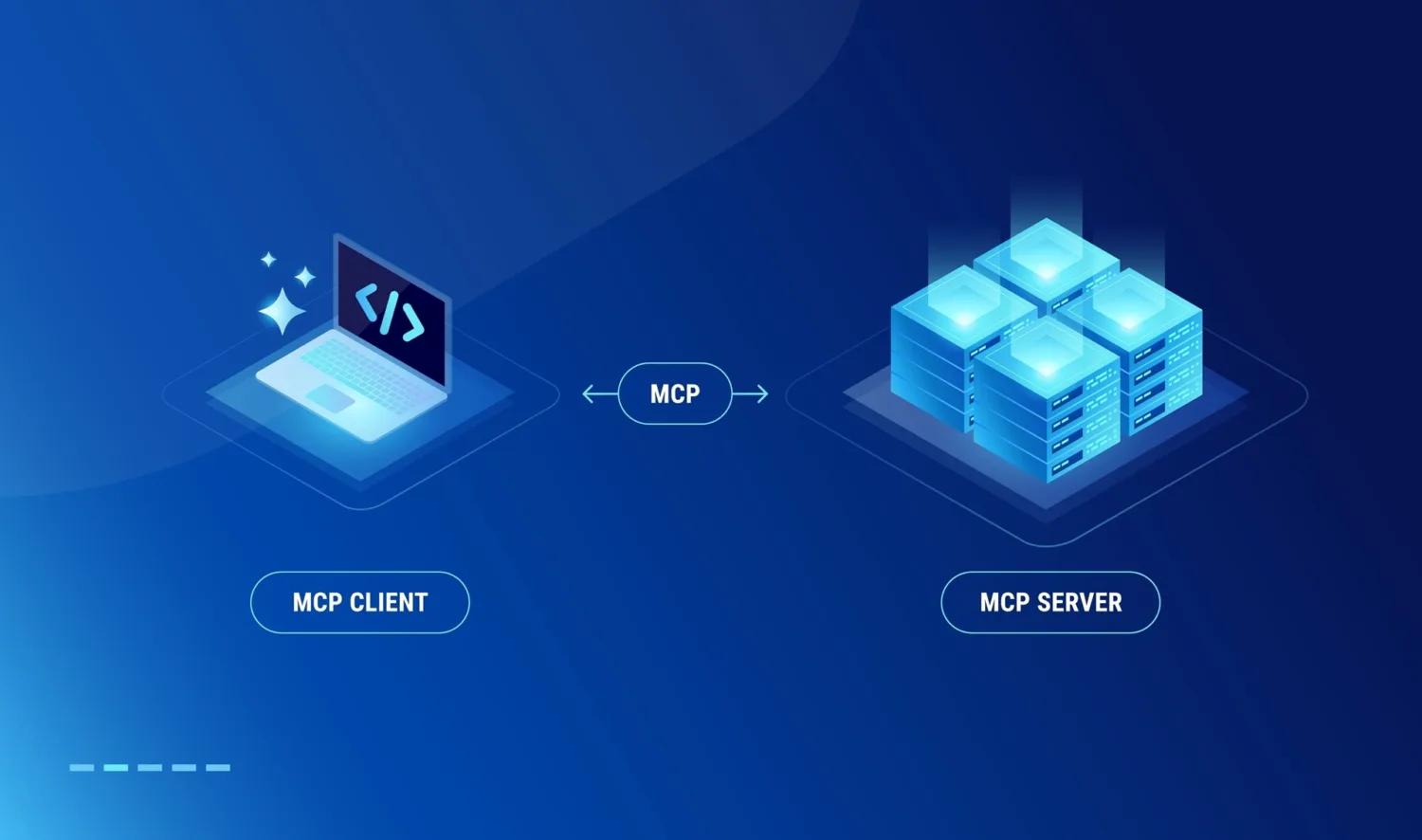ASOC’s Role in Application Security Posture Management

To keep up with the pace of modern software development, many organizations use multiple scanning tools across the SDLC. Coordinating and orchestrating these different scanning tools is often a manual effort that leads to siloed data and tools not operating in concert.
That’s where Application Security Orchestration and Correlation (ASOC) comes in. ASOC is a powerful security solution that enables organizations to aggregate data from different sources to provide a centralized place where they can orchestrate scans and correlate findings across tools.
This blog will explain what ASOC is, its importance in enhancing your organization’s security posture, and how it works. We’ll also delve into the benefits of ASOC, and the best practices you can follow to ensure a successful implementation.
What is ASOC?
ASOC is a security solution that integrates the various security tools and technologies an organization has to help them more quickly remediate findings and identify issues. It helps streamline security operations by automating security processes, reducing the time and effort required for manual security tasks, and improving the accuracy of threat detection and response.
ASOC works by collecting and analyzing security data from different scanners in an organization’s environment, such as SAST and RASP. It then correlates this data to identify patterns and help organizations prioritize findings. Based on this analysis, ASOC tools can trigger automated responses or alerts to security findings. They can also orchestrate and trigger scans from the tools they integrate with to ensure that the SDLC and all application build environments are scanned and covered consistently.
How important is ASOC?
Organizations are always looking to speed up software development, but it’s difficult to triage and remediate important vulnerabilities that arise, leaving organizations more exposed to attacks and threats. ASOC helps in addressing some of these challenges, playing a critical part in strengthening an organization’s security posture.
Here’s how:
Centralized security management
ASOC integrates and correlates findings from different security scanners, enabling organizations to better prioritize vulnerabilities. By integrating various tools and technologies directly, ASOC reduces the need for manual intervention, thereby improving the efficiency of AppSec teams.
Faster triaging and remediation
ASOC uses automation to orchestrate workflows at scale, enabling security teams to triage faster and ensuring that issues are routed to development teams more effectively, so they can remediate critical vulnerabilities faster.
Improved collaboration
By orchestrating previously manual processes, ASOC helps improve the collaboration and interactions between security and development teams, so security teams can spend less time chasing down developers, and development teams can spend less time sorting through too many security alerts.
Benefits of implementing ASOC
Reduced security risks
By automating security processes, ASOC can help security teams quickly identify critical issues, enabling them to move faster in remediating and collaborating with developers.
Increased efficiency
ASOC helps reduce the time and effort required for manual security tasks like ticket escalation and issue correlation, enabling security teams to focus on higher-level security work. This, in turn, can improve overall operational efficiency and reduce costs.
Improved compliance
ASOC uses in-depth data to identify security vulnerabilities and non-compliance issues, which provides greater visibility into an organization’s security posture. This helps them stay updated and comply with regulatory requirements.
Better collaboration
ASOC integrates various security tools and technologies enabling security teams to work together and with developers more effectively, reducing the risk of miscommunication and improving the overall effectiveness of the security function.
What are the best practices for implementing ASOC?
Here are some best practices for successful ASOC implementation that organizations can follow:
Define clear objectives
Defining clear objectives and both business as well as security goals are necessary to implement ASOC successfully. This roadmap can include micro-goals such as reducing security risks, improving efficiency, or complying with regulatory requirements.
Identify key security data sources
Organizations should identify and utilize key security data sources to enable them to achieve their security objectives. Understanding which security scanners they have across the ecosystem, and which code repositories they cover will help ensure that nothing is missed.
Choose the right tools and technologies
There are a plethora of security tools out there but organizations must choose the ones that suit their security needs and objectives. Ensuring that companies have scanners for their applications across all stages of the development lifecycle, as well as infrastructure, cloud, and containers, will help make ASOC tools more effective.
Train and educate security and development teams
Every member of the security team and key developer stakeholders needs to be well-versed with ASOC and its benefits. That means training team members on how to automate security tasks and ensure that tickets make their way into existing developer workflows, for example.
Get Started with ASOC
Streamlining workflows and improving collaboration with development teams is a must to ensure that issues that a security team’s scanners find are remediated promptly. ASOC is a great approach to correlating security issues and orchestrating remediation across security tools. ASOC is also a key element of broader approaches like Application Security Posture Management (ASPM). To learn more, check out how ASOC relates to other approaches and contact the ArmorCode team today.



